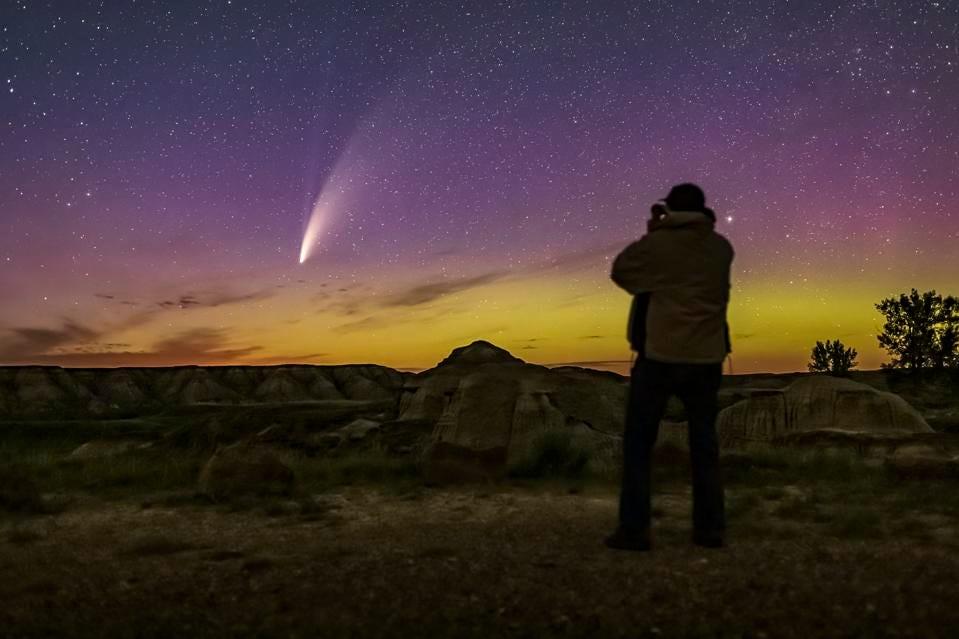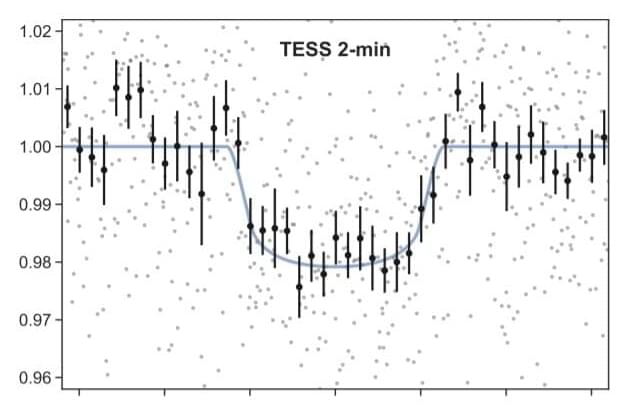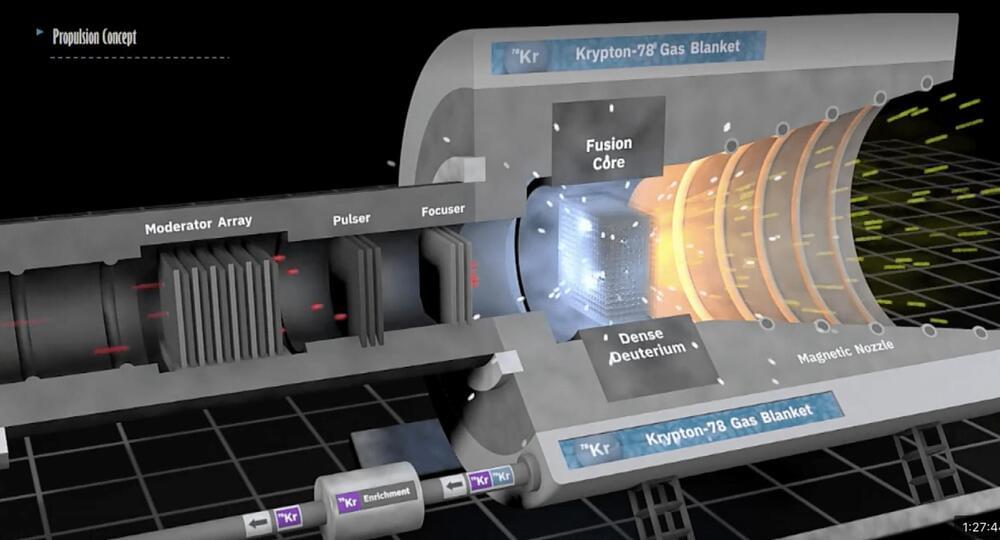NASA’s Curiosity rover has marked the 10th anniversary of its launch to Mars by sending back a spectacular ‘picture postcard’ from the Red Planet.
The robotic explorer snapped two black and white images of the Martian landscape which were then combined and had colour added to them to produce the remarkable composite.
Curiosity, which launched to the Red Planet almost exactly 10 years ago on November 26, 2011, took the pictures from its most recent perch on the side of Mars’ Mount Sharp.




